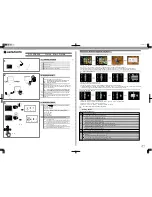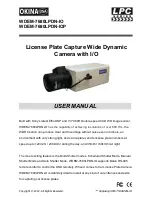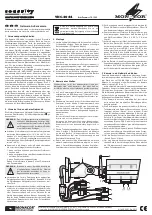
93
Sho
o
ting
Func
tion
s
4
Setting the Exposure
Correct exposure of the subject is determined by a combination of shutter
speed and aperture setting. There are many correct combinations of
shutter speed and aperture value for a particular subject. Different
combinations produce different effects.
By changing the shutter speed, you can manipulate how time is expressed
in the pictures you create. Unlike with your own naked eyes, in a picture
you can capture a fraction of a moment or a whole period of time, creating
different effects.
Use the
b
(Shutter Priority) mode.
Using slower shutter speed
If the subject is moving, the image will be
blurred because the shutter is open
longer.
It is possible to enhance the effect of
motion (rivers, waterfalls, waves, etc.) by
intentionally using a slower shutter speed.
Using faster shutter speed
Choosing a faster shutter speed will allow
freezing the action of a moving subject.
A faster shutter speed also helps to
prevent camera shake.
By changing the aperture, you can control the depth of the area that
appears in focus in the picture (the depth of field). By either narrowing the
focus to emphasize a single point or giving depth to your picture instead
you can completely change the feel of the picture you create.
Use the
c
(Aperture Priority) mode.
Effect of Aperture and Shutter Speed
Effect of Shutter Speed
Effect of Aperture
Summary of Contents for 14748
Page 88: ...Memo 86...
Page 200: ...Memo 198...
Page 262: ...Memo 260...
Page 278: ...Memo 276...
Page 316: ...Memo 314...
Page 328: ...Memo 326...
Page 380: ...Memo...
Page 381: ...Memo...
Page 382: ...Memo...
















































